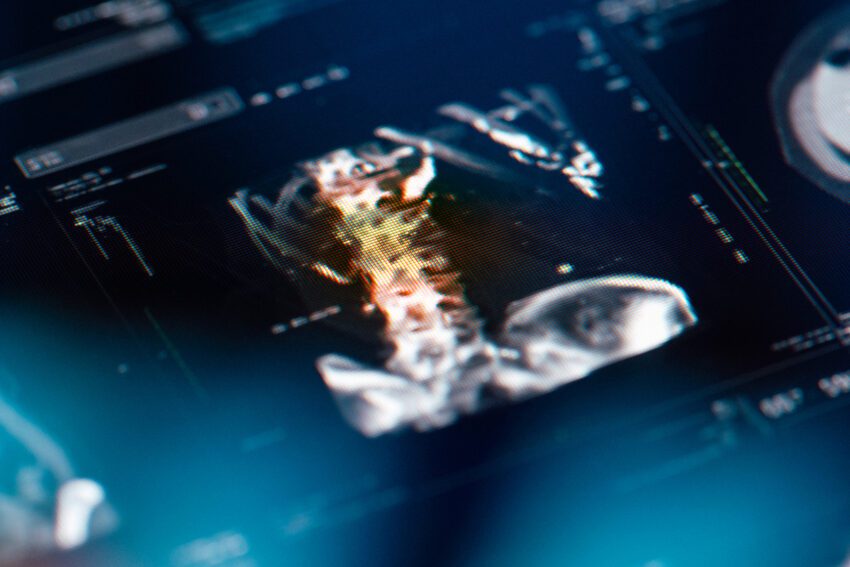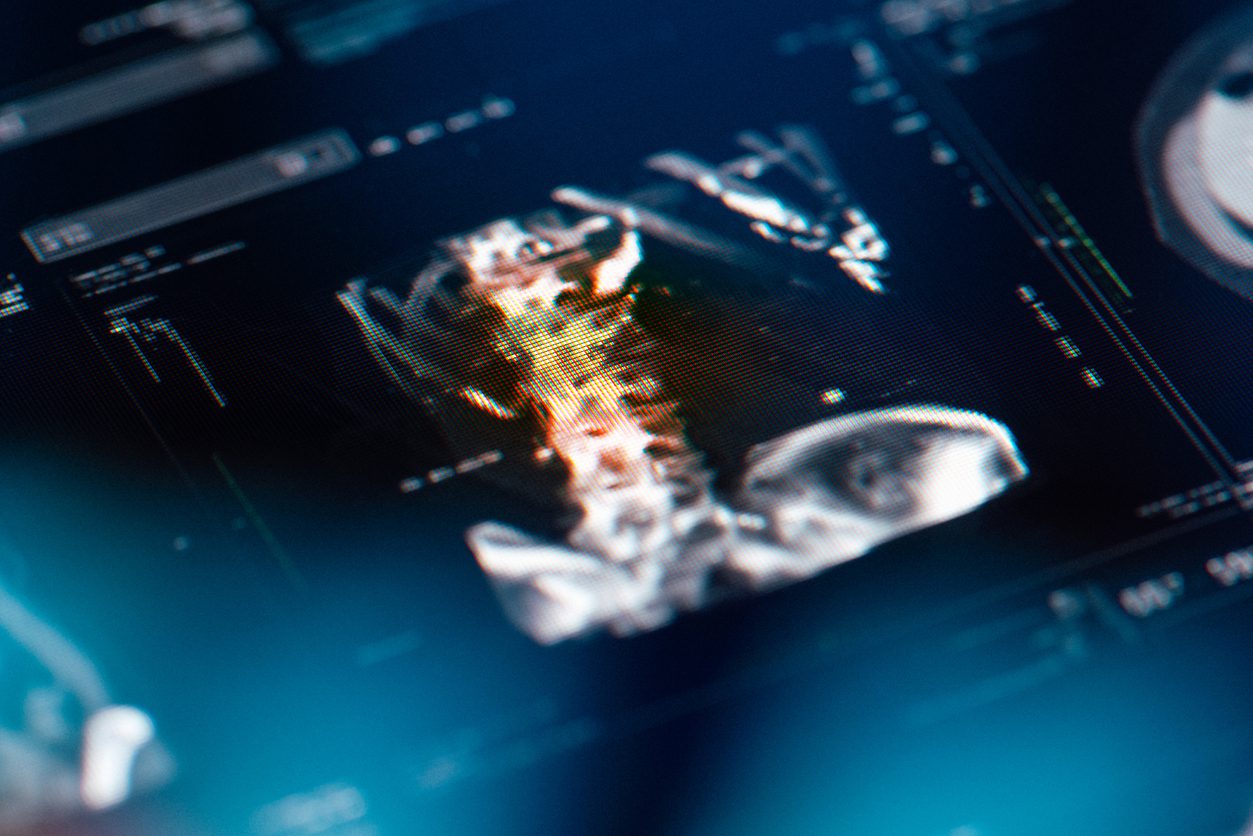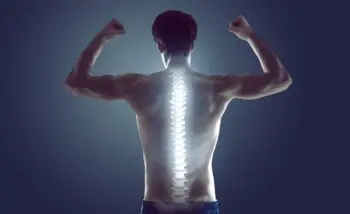What exactly is healthy spine? How does spine anatomy play into it? The first step in maintaining a healthy spine is understanding what a healthy spine is. Some of the qualities of a healthy, youthful spine are that it:
- Is pain-free
- Moves well
- Is supple
- Is strong
- Allows us to do the things we want to do
A back or spine that is damaged, injured, arthritic, or just wearing out loses these qualities. A back may become painful, stiff, and the bones may become weak and have osteoporosis. Muscles and ligaments may not support strength, therefore not allowing motion.
Treatments & Interventions for a Healthy Spine
The goals of treatment, including non-operative treatments of exercise, therapy, medicines and nutritional supplementation, as well as interventions, including injections, stem cells, platelet-rich plasma, or even surgery, are designed to restore the spine’s function more closely to that of a healthy spine. Minimally invasive surgical techniques, as well as motion sparing techniques, can help maintain or restore some of the qualities of a youthful spine.
Someone who has an intervertebral disc that is wearing out and is painful, degenerated, or otherwise no longer functioning well may be a candidate for an artificial disc. The goal of an artificial disc is to maintain and potentially restore some motion in the spine and is often used in order to avoid fusing that portion of the spine. Maintaining motion is good, as long as the motion is within the normal range and is overall stable. This motion may help prevent adjacent discs from wearing out faster than they normally would.
Many people are not candidates for artificial discs, though. What else can be done to avoid further degeneration?
The ability to use smaller incisions for surgery, or placing these incisions in a way that muscles or ligaments are not cut, but rather are lifted or separated along their normal tissue plains, can often help make the healing process faster, and without disrupting the normal alignment of the muscles and ligaments, the spine structures are kept in more of a normal alignment. This can also help improve the rate of healing and maintain the spine.
Examples of some minimally invasive surgeries include, MIS TLIF (minimally invasive surgical transoframinal lumbar interbody fusion), direct lateral interbody fusions, anterior lumbar interbody fusions, anterior cervical surgery, artificial discs in the cervical spine and lumbar spine, and using tubular retractors for muscle-splitting approaches.
Spine Anatomy: Five Components of a Healthy Spine
A healthy spine is a critical element in order to sustain a jubilant and satisfying lifestyle. Elements that categorize a healthy spine are strong vertebrae, flexible spinal ligaments, cushiony discs, strong back muscles, and healthy, moveable facet joints. The question is, how do we maintain these elements? To start, here are the five components in detail.
1. The bones of the spine are strong.
It is important to maintain good bone density to keep our bones strong and avoid osteopenia or osteoporosis. Bone density is maintained by diet and strength training combined, which in turn provides the robust vertebrae for the human body. Multiple studies have shown that people who lift weights and participate in resistance training have overall stronger bones. For example, tennis players often have stronger bones in their racquet arm compared to their non-racquet arm. Additionally, nutrition plays a big role in maintaining bone health.
Maintaining a good diet helps supply minerals (calcium, magnesium, etc.) as building blocks for our bones. Vitamins are also essential to bone health, particularly Vitamin D, which aids in the absorption of calcium. Lastly, avoiding excess carbonated beverages is also important to maintain bone health. The acid of carbonated beverages often needs to be buffered by the bicarbonate in bone, and bones can be sacrificed in order to help digest and maintain our body’s acid-based balance. Maintaining an overall active lifestyle and having good nutrition helps maintain bone strength.
2. The ligaments are strong and flexible.
Being physically active, including stretching and strengthening exercises, helps maintain ligament strength. A healthy dose of proteins, which are the building blocks for ligaments, need to be included in your diet. Isometric stretching, meaning holding a stretch for a period of time, is one of the best types of stretching techniques one could utilize. We need to move and have good nutrition to maintain ligament, as well as bone, health.
3. Discs are healthy, are cushiony, and support motion of the spine.
A unique feature of our intravertebral discs is that there is not a good blood supply to the disc. Most of the nutrition comes to the disc through diffusion, meaning that as we move our back and spine, the discs act like little pumps; as the discs move up and down, nutrition diffuses into the disc spaces. Activity is important to maintain disc health and since discs are made out of collagen, similar to the structures that ligaments are made out of, the same nutritional requirements are needed for discs as for ligaments.
4. Muscles are strong and they support the back.
Not only are muscles required to lift and move things, but having a strong core of muscles allows our weight to be shared with the spine to take pressure off of the spine. Just imagine sitting on a beach ball, bouncing on the beach ball, and the ball supports you because there is air inside of the ball. The outer portion of the ball holds in that air and supports you. The muscles of the core act like the outer part of the beach ball and can help support your body, taking some pressure off of the spine. It is important to maintain good core strength to help support the spine.
5. Facet joints are smooth, free of arthritis, and can support the spine.
The best thing we can do to help protect the facet joints is to maintain our motion and flexibility. We can also help protect the joints by maintaining strong muscles and a strong core.
Maintaining a Healthy Spine
Now that we have an understanding of characteristics of a healthy spine and back, here are five action items we can do to help maintain a youthful, flexible, and healthy spine. These include maintaining an active lifestyle, eating correctly, and avoiding things that can injure or hurt our spine.
Do your best to incorporate some of these ideas to maintain a pain-free and active lifestyle.
1. Be active.
Moving our body energizes many muscles and the movement supports a good blood supply to our ligaments, muscles, and discs. This blood supply is crucial because it carries the nutrients that our back needs. Movement also puts some stress on our bones to help protect the bones from osteoporosis. One of the worst things for your spine is sit for a long period of time. Sitting often puts your back in a bad posture, putting three to four times the normal pressure on the facet joints and the discs, causing them to wear out.
When you sit, there is not much motion to the discs; therefore, they have a poor blood supply. Sitting can lead to muscles losing their tone and strength, therefore becoming weaker and no longer being able to support the spine. To avoid this, I recommend standing up, changing posture, and doing a few deep knee bends every thirty minutes or so. This not only invigorates the body, but can help keep your spine mobile and youthful.
2. Lose excess weight.
The more you weigh, the more strain is on your spine. The muscles need to work harder to lift this weight. There is excess strain on the spine when the weight is poorly distributed and can put you into a bad posture. Additionally, when one weighs more, there is a tendency to be less active. When you are less active, you are not in as good of shape and there is less blood supply to the muscles, ligaments, bones, and discs. With time, the spine becomes less healthy overall. Lose weight and not only will you feel better, you will also take pressure off of your spine, helping maintain a youthful, strong back. Lastly, adipose tissue, or excess fat, is shown to secrete harmful inflammatory effects and chemical stressors that potentially aid in joint damage.
3. Eat well and consider taking supplements.
It is important to have an adequate amount of protein in your diet, but not excessive. Approximately 1 gram of protein for each kilogram of lean body weight is a good start for determining how much protein is appropriate. A rough guide for determining the correct amount of protein would be using the size of the palm of your hand to portion one serving of protein per meal. Some supplements that can be useful include omega-3 fatty acids, which many of us eating a western diet do not get enough of. One resource for this would be ocean-raised fish or fish oil supplements. Vitamin D and magnesium are also supplements to consider. The actual amount of supplements can be based upon lab tests that are obtained from your personal physician.
4. Do not smoke.
Smoking causes hosts of problems. You may notice that most smokers age more rapidly than their peers. This is because smoking affects the healing of collagen, which is found all over our bodies, including the part of the skin that causes wrinkles. The damage not only occurs within the skin, but also affects the ligaments and intervertebral discs, often causing premature aging. Smoking is also associated with osteoporosis, and, of course, increased risk of lung and heart disease. In general, the general recommendation is to not smoke.
5. Be careful when bending and reaching.
Learn to lift correctly. Squat down and lift with your legs. Do not bend forward and lift with your back. Particularly, do not twist to the side and lift, as this can significantly increase the pressure on your back. Store heavier objects at waist height so that you do not have to bend and twist to lift them. Do not put the heavy things on the ground, as you will have to bend forward and get into awkward positions to lift these objects.
Get more great articles like this one in our Spine Health Journal.
by Michael W. Hasz, M.D., M.B.A., F.A.C.S. Ashley Kaufman, B.S., Medical Assistant Virginia Spine Institute




